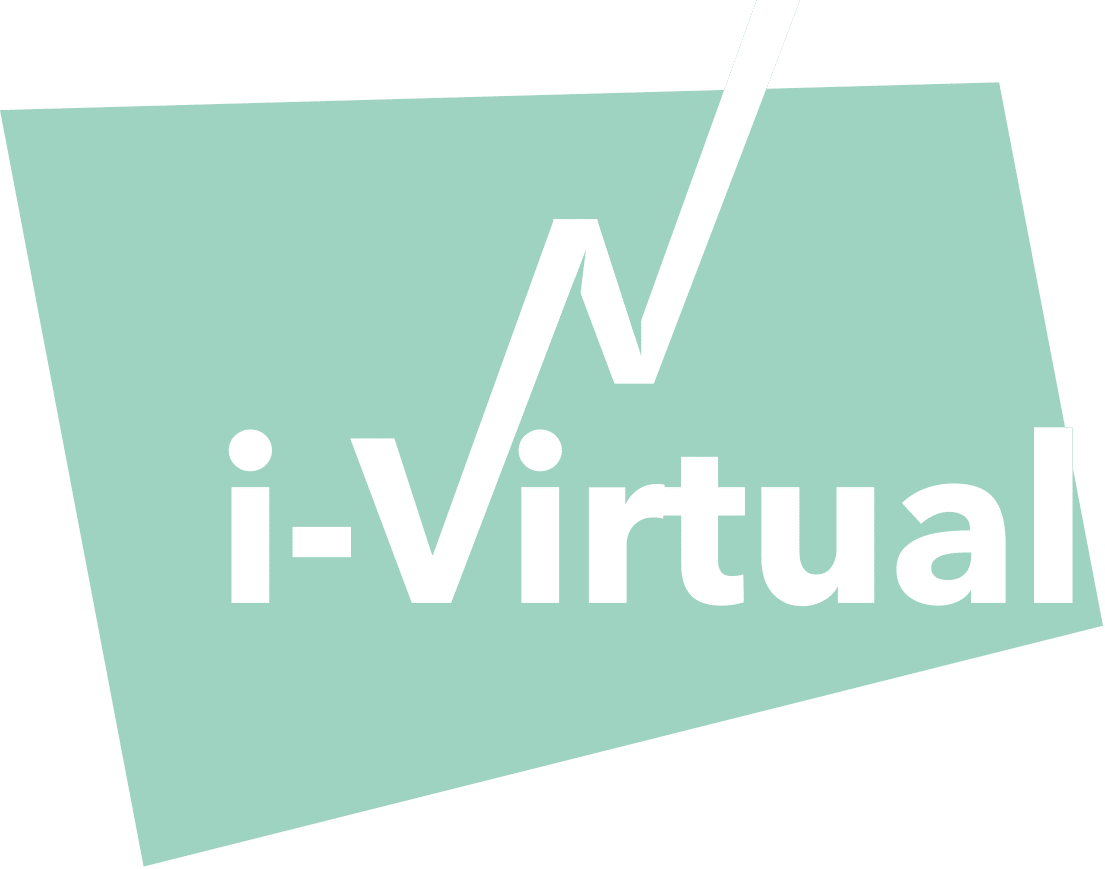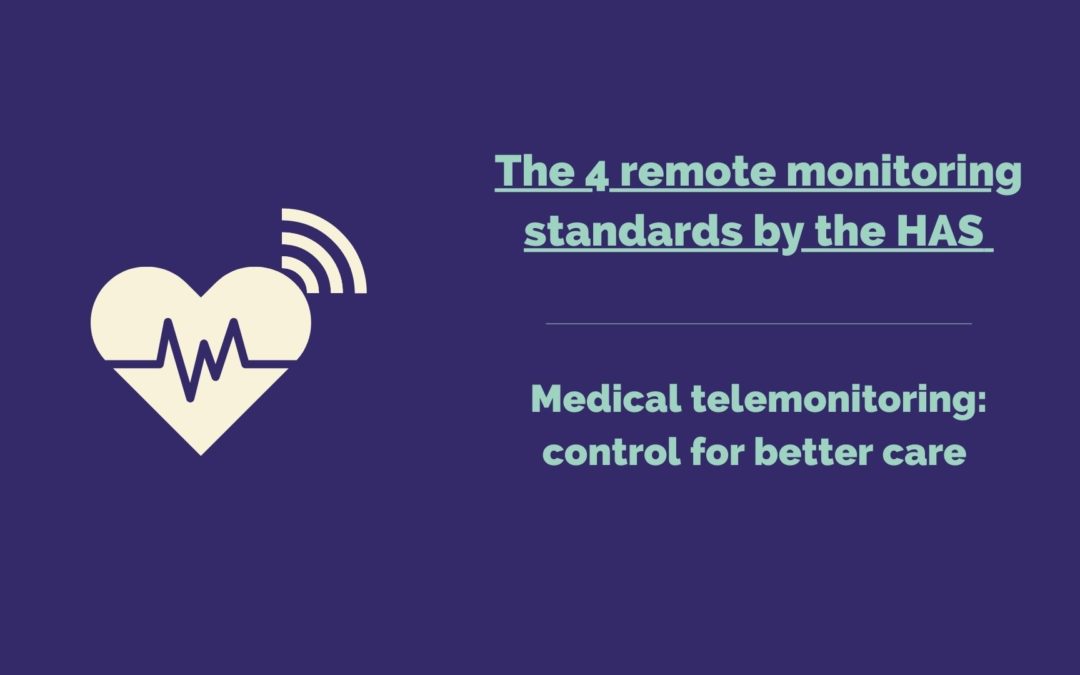Medical telemonitoring: control for better care
Remote monitoring allows a health professional to remotely interpret the data necessary for the medical follow-up of a patient. This system falls under telemedicine within the meaning of article R6316-1 of the Public Health Code, corresponding to all medical procedures carried out remotely using information and communication technologies. Following the Telemedicine Experiments for the Improvement of Health Pathways initiated in 2014, the Haute Autorité de Santé (HAS) has just published 4 remote monitoring reference systems.
i-Virtual tells you what you need to know about the 4 HAS remote monitoring standards in 3 questions.
- What pathologies are involved?
The guidelines published by the Haute Autorité de Santé on remote monitoring target diabetic patients, as well as people suffering from chronic renal, respiratory or cardiac insufficiency. These pathologies have been the subject of experiments within the framework of the Telemedicine Experiments for the Improvement of Health Pathways program. A fifth standard will soon be published by HAS. The latter relates to people with implantable cardiac prostheses for therapeutic purposes. Patients affected by one of the pathologies seen above are eligible for the remote monitoring system. Patients who are unable to express their consent and those who refuse to use digital medical devices are not eligible for the system set up by HAS.
2. What are the conditions for remote monitoring?
The system implemented must make it possible to associate doctors, patients and manufacturers with the aim of relevant and supervised medical surveillance. The solution deployed involves in particular:
- the establishment of medical surveillance.
- the use of digital medical devices (DMD).
DMDs are tools for collecting, analyzing and transmitting physiological, clinical or psychological patient data. These can be sensors, screens, digital services, etc. The DMDs make it possible to issue alerts based on the analyses.
The HAS notably defines the prescription conditions for remote monitoring. DMDs, and the accessories that may be associated with them, must comply with certain specifications, namely: predefined minimum technical specifications, such as the indication of the blood sugar level for diabetic patients for example. The HAS standards also specify the conditions of distribution and use, the qualification of professionals, the organization and monitoring of the application of the device.
The implementation of the solution must result from a shared decision between the patient and the prescribing doctor. No remote monitoring can be imposed on a person without their free and informed consent. Their agreement is also necessary for the transmission of their data processed by the DMD. If the patient agrees, telemonitoring is prescribed by the doctor for a period not exceeding 3 months, renewable for a maximum of 3 months, after evaluation.
The solution can be discontinued at any time by shared decision between the doctor and the patient. Practitioners and caregivers involved in the organization of remote monitoring must have received training in the DMD. The tool deployed must meet certain technical specifications and have CE certification.
Remote monitoring is a very reassuring system for the patient since he has the assurance of benefiting from constant medical monitoring adapted to his pathology.
The solution offered by i-Virtual is part of a context of digitization of the health industry. You can know your heart rate or your stress level without having to go to the doctor from a contactless vital signs measurement system, integrated with telemedicine services.
3. How is remote monitoring organized?
The team of health professionals and the operators responsible for setting up the remote monitoring systems must respect the specificities of each pathology. The solution and the number of participants must be adapted according to the situation of each patient and their clinical context. For example, the care time will be different for the follow-up of a patient suffering from type 1 diabetes depending on their age and condition: adolescent, pregnant woman, etc. The patient receives training from the supplier of the DMD and its possible devices.
The team in charge of deploying the solution gives him a document summarizing the context and the objectives of the implementation of remote monitoring, as well as the action to be taken in the event of an emergency. The patient can request additional training if he has difficulty using the DMD and/or any complementary devices. The patient can save and transmit his data automatically. The health professional can also take care of it.
The HAS specifies that the reimbursement of remote monitoring will be made on condition of being able to justify real and effective use of the DMDs. Indeed, only a concrete use of the device will allow a follow-up at the national level and an evaluation of the results obtained in real conditions.
In this sense, i-Virtual allows you to control your heart rate or your respiratory rate thanks to its solution, Caducy. Without going to the doctor, you will simply need the camera of a smartphone, tablet or computer.
Remote monitoring is part of an overall national policy for the development of medical acts performed remotely. For the HAS, this device facilitates the medical follow-up of patients and has benefits for patients, caregivers and healthcare professionals alike. The solution, Caducy, is part of the development of telemedicine by allowing you to carry out your measurements of vital parameters remotely using a smart device with a camera.

